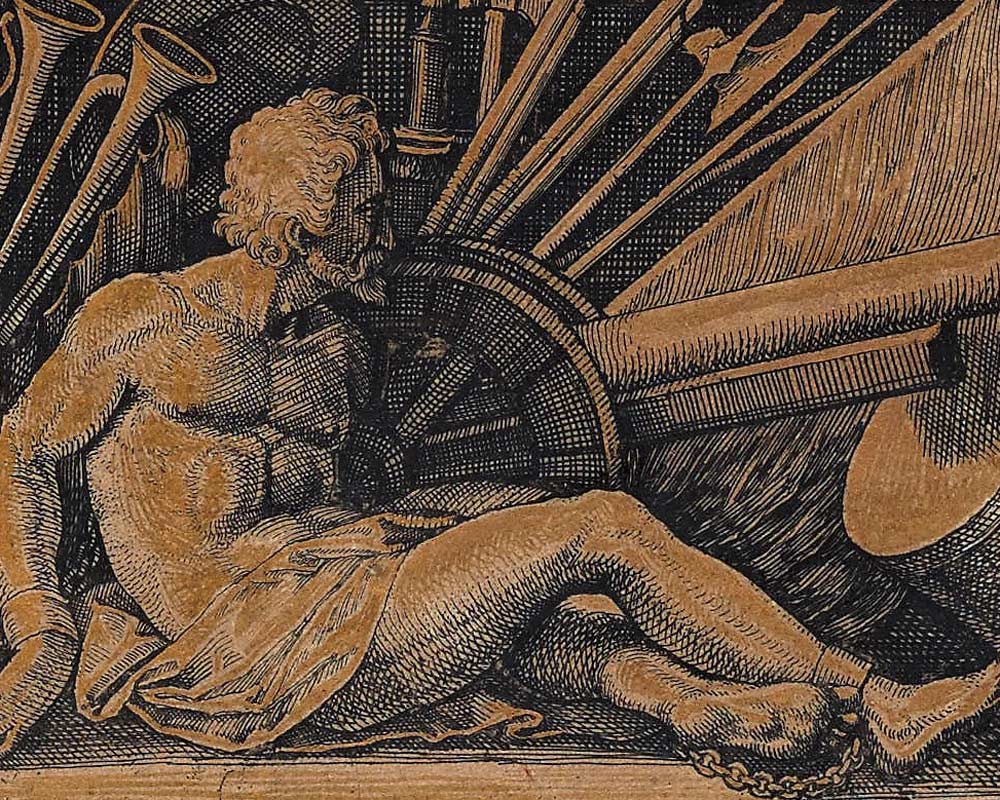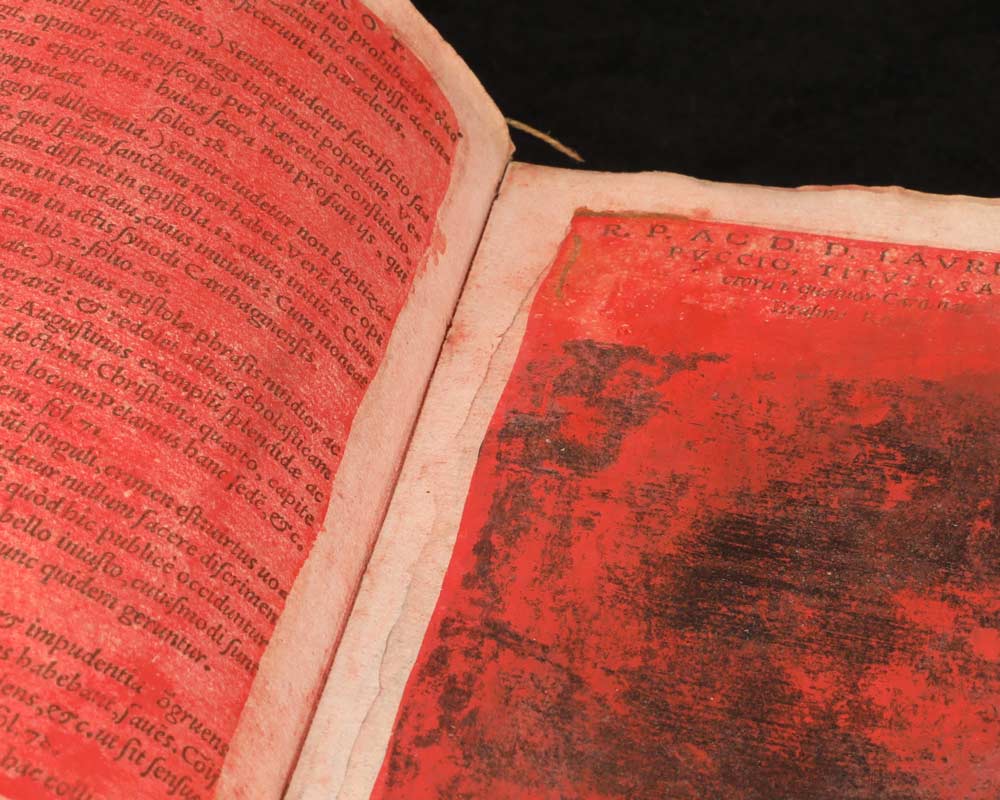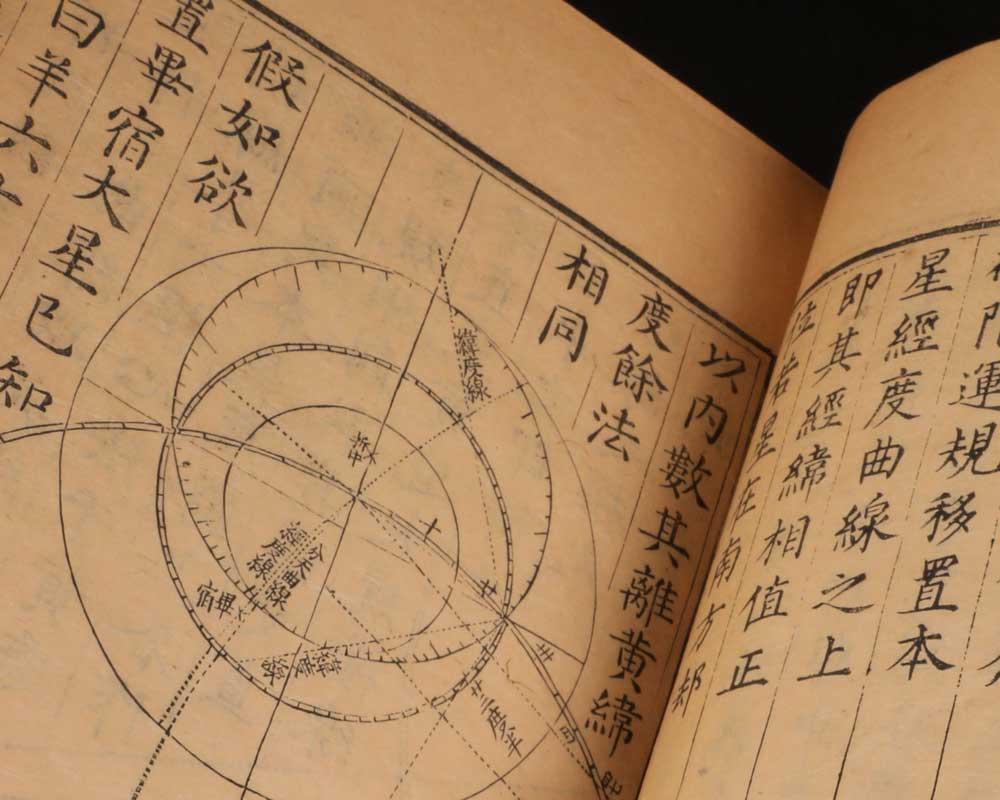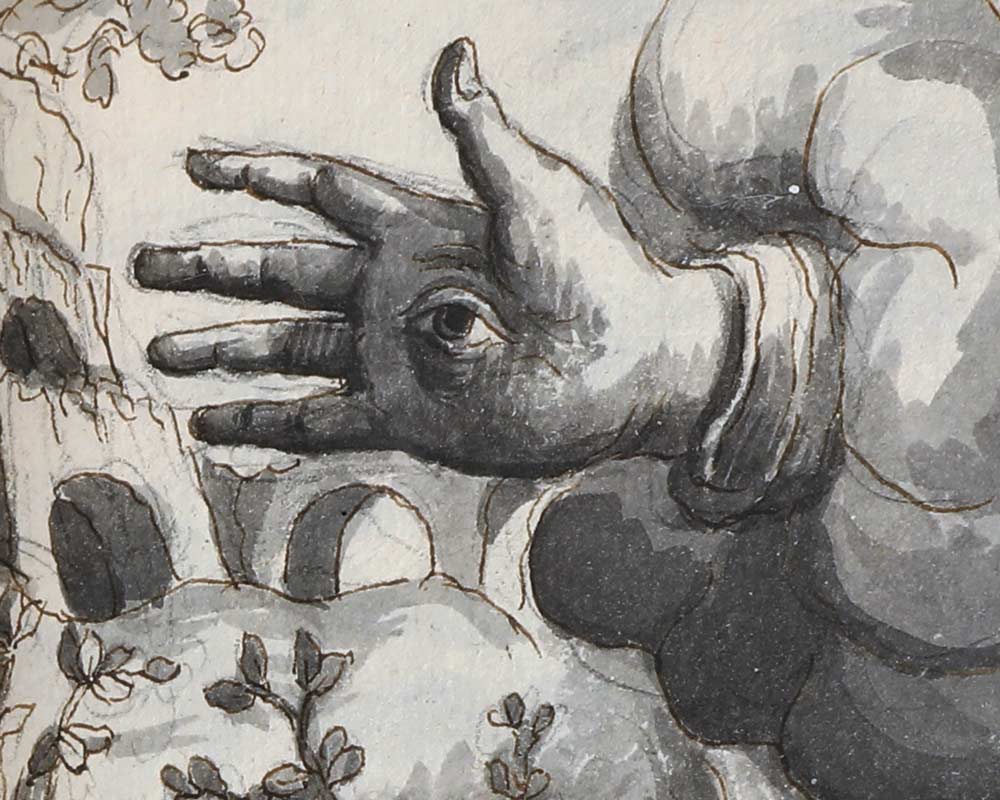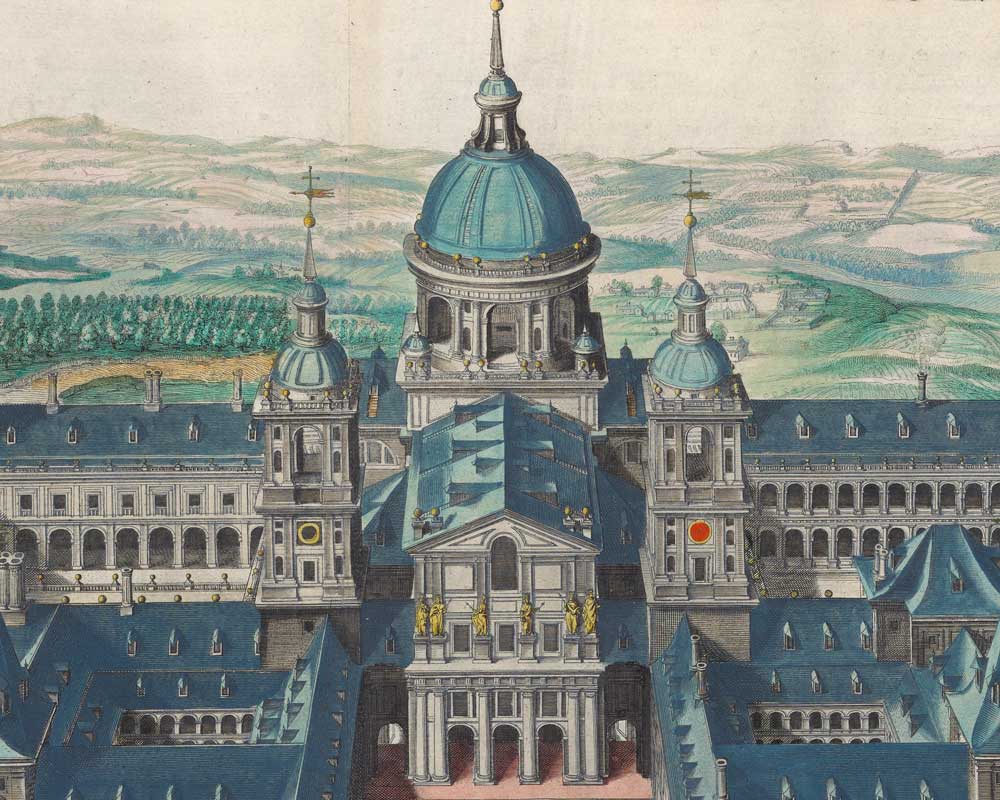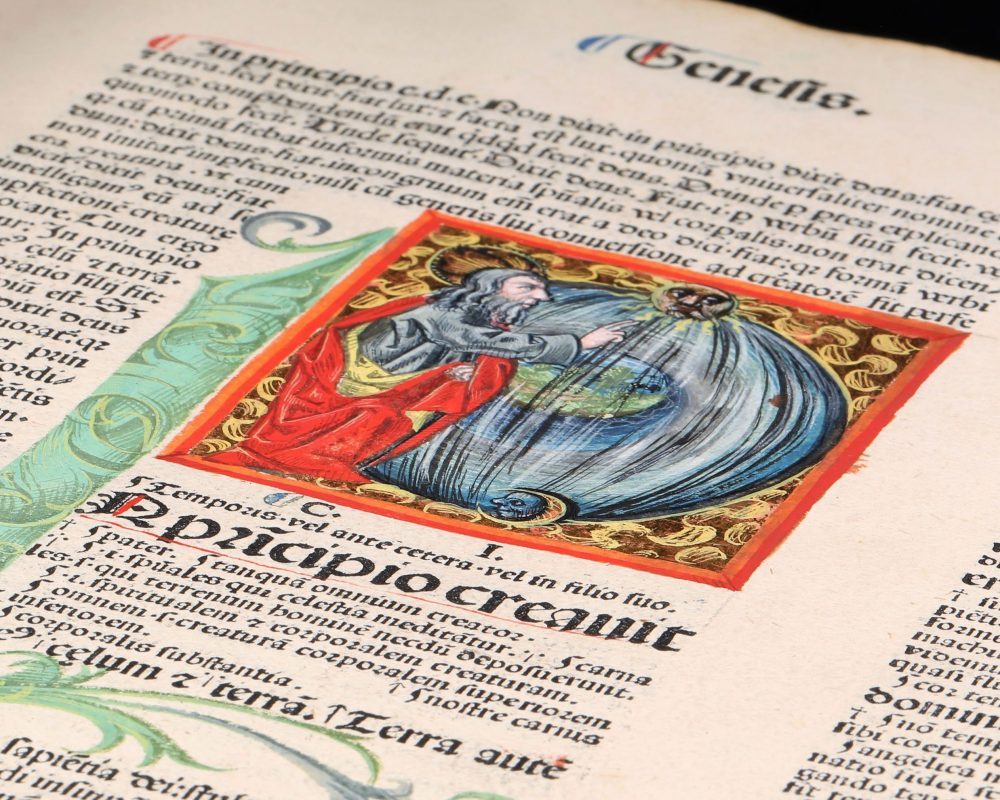Early Book Collections
General Overview
General Overview
Johns Hopkins University is home to many of the rarest and most significant books and manuscripts of the premodern and early modern periods. Housed across the Sheridan Libraries’ three main research collections—the Milton S. Eisenhower Library, the George Peabody Library, and the John Work Garrett Library at the Evergreen Museum—JHU’s rare books and manuscripts span nearly every genre, language, format, and historical theme of interest to scholars of Europe and its overseas colonies before the year 1800.
In general terms, the collections are strong in premodern and early modern theology and liturgical works; classical Greco-Roman literature and its humanist reception in the Renaissance; the vernacular literatures of early modern Italy, Spain, France, and England; and the histories of science and the European exploration and colonial occupation of the New World. These particular strengths also reflect the historic nature of the humanities disciplines taught at JHU, and the formation of particular collections-within-collections across the university’s libraries, such as the Hoffmann collection of historic bibles; the Tudor & Stuart Club collection of the English literary Renaissance; the Wallis collection of Cervantes and the Spanish siglo de oro; and the encyclopedic Fowler collection of architectural books.
The historic George Peabody Library was established in 1857 (nearly two decades prior to the foundation of Johns Hopkins University in 1876) as a universal free public research library for the citizens of Baltimore. As a result, its holdings are extremely eclectic, ranging from several hundred incunabula to nearly every major early modern European atlas (nearly all hand-colored), many of the most significant works of natural history, and considerable holdings in early travels and voyages literature. By contrast, the John Work Garrett Library—a private collection donated in the middle of the 20th century by a Baltimore magnate and book collector—reflects his highly idiosyncratic areas of interest, including fine specimens of early European printing, works related to the European “discovery” and colonization of the New World, and the earliest printed books and maps of Maryland, among other areas.
More recent thematic collections of early books, built over the past two decades through gift and purchase, include the Hinkes Collection of rare books in the history of scientific discovery; the Freeman Collection, or Bibliotheca Fictiva, of rare books relating to the history of literary forgery; the Women of the Book collection dedicated to the lives and writings of early modern women throughout the Catholic world; and the Ephemeral Renaissance collection of pre-1750 single-sheet imprints.
It should be noted that, like other major American university collections formed only between the mid-nineteenth and mid-twentieth centuries, the global south is far less well represented among the early book collections at Johns Hopkins. Despite that largely Eurocentric legacy, in recent years the Sheridan Libraries have collected in several targeted areas of growth, particularly in Latin Americana, and the global Catholic Reformation, among others.
Though these collections span multiple disciplines and areas of scholarly interest, they generally fall within five major collection categories: Antiquity & Archaeology; Art & Architecture; the History of Science, Medicine, & Technology; Literature; and the histories of the Protestant & Catholic Reformations. To read more about each of these sub-categories, as well as several of the standalone “signature” collections mentioned above, please click on the items below.
~Earle Havens
Johns Hopkins University is home to many of the rarest and most significant books and manuscripts of the premodern and early modern periods. Housed across the Sheridan Libraries’ three main research collections—the Milton S. Eisenhower Library, the George Peabody Library, and the John Work Garrett Library at the Evergreen Museum—JHU’s rare books and manuscripts span nearly every genre, language, format, and historical theme of interest to scholars of Europe and its overseas colonies before the year 1800.
In general terms, the collections are strong in premodern and early modern theology and liturgical works; classical Greco-Roman literature and its humanist reception in the Renaissance; the vernacular literatures of early modern Italy, Spain, France, and England; and the histories of science and the European exploration and colonial occupation of the New World. These particular strengths also reflect the historic nature of the humanities disciplines taught at JHU, and the formation of particular collections-within-collections across the university’s libraries, such as the Hoffmann collection of historic bibles; the Tudor & Stuart Club collection of the English literary Renaissance; the Wallis collection of Cervantes and the Spanish siglo de oro; and the encyclopedic Fowler collection of architectural books.
The historic George Peabody Library was established in 1857 (nearly two decades prior to the foundation of Johns Hopkins University in 1876) as a universal free public research library for the citizens of Baltimore. As a result, its holdings are extremely eclectic, ranging from several hundred incunabula to nearly every major early modern European atlas (nearly all hand-colored), many of the most significant works of natural history, and considerable holdings in early travels and voyages literature. By contrast, the John Work Garrett Library—a private collection donated in the middle of the 20th century by a Baltimore magnate and book collector—reflects his highly idiosyncratic areas of interest, including fine specimens of early European printing, works related to the European “discovery” and colonization of the New World, and the earliest printed books and maps of Maryland, among other areas.
More recent thematic collections of early books, built over the past two decades through gift and purchase, include the Hinkes Collection of rare books in the history of scientific discovery; the Freeman Collection, or Bibliotheca Fictiva, of rare books relating to the history of literary forgery; the Women of the Book collection dedicated to the lives and writings of early modern women throughout the Catholic world; and the Ephemeral Renaissance collection of pre-1750 single-sheet imprints.
It should be noted that, like other major American university collections formed only between the mid-nineteenth and mid-twentieth centuries, the global south is far less well represented among the early book collections at Johns Hopkins. Despite that largely Eurocentric legacy, in recent years the Sheridan Libraries have collected in several targeted areas of growth, particularly in Latin Americana, and the global Catholic Reformation, among others.
Though these collections span multiple disciplines and areas of scholarly interest, they generally fall within five major collection categories: Antiquity & Archaeology; Art & Architecture; the History of Science, Medicine, & Technology; Literature; and the histories of the Protestant & Catholic Reformations. To read more about each of these sub-categories, as well as several of the standalone “signature” collections mentioned above, please click on the items below.
~Earle Havens
FEATURED COLLECTIONS



